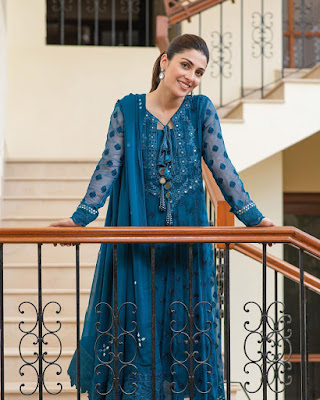by Christina Warren on Mashable
Simon Fuller’s XIX Entertainment has partnered with yap.TV to create an immersive second-screen experience around the multilingual international hit ¡Q’VIVA!.
¡Q’VIVA! The Chosen is reality competition show featuring Jennifer Lopez, Marc Anthony and Jamie King as they travel across Latin America in search of “The Chosen Ones.” The best talent is brought back to the United States and tasked with becoming part of a big Las Vegas show dubbed “the greatest Latin show ever.”
The show debuted in January on Univision and an English-language version first aired in March. Thus far, the show has more than 30 million viewers worldwide.
We write a lot about social TV and the second-screen apps and experience, but it’s almost always in the context of English-only programming focused on U.S. audiences.
That’s what makes the ¡Q’VIVA!/yap.TV partnership unique. Rather than simply looking to recreate the same old staid second-screen experience, yap.TV and the ¡Q’VIVA! producers looked at how to reach fans across the international and multilingual spectrum.
Although yap.TV has its own iOS app, the platform is also accessible on other platforms thanks to HTML5. That means Latin American viewers can access the yap.TV ¡Q’VIVA! experience from other mobile devices. and HTML5 means BlackBerry — a device popular in Latin America — can still get support, even without a native app.
Social From the Start
In addition to synching with the live experience with the show — showcasing social feeds, photos and conversations — the app also works as a way for users to monitor social conversations and tweets about the show. Moreover, Mark Shedletsky at XIX tells us that social was part of the DNA behind ¡Q’VIVA! from the very beginning.
Users can chat in real time, take polls and browse Twitter feeds from those associated with the show. The app experience uses audio-fingerprinting to deliver custom information for that particular moment in the show. Users can even shop for J. Lo’s various looks from within the app experience.
To that end, the producers considered building a branded app or using a more agnostic destination service. While yap.TV actually powers third-party branded apps (including USA Network’s USA Everywhere app), the advantage of being part of the core experience is that the show can get more promotion across the website and iOS apps and become part of the existing community at large.
The English and Spanish versions of ¡Q’VIVA! are at the top of yap.TV’s leaderboard of most popular and most-discussed shows, so that decision has paid off.
The Future
What’s next? Shedletsky tells us XIX will be making the social and digital layer a priority in upcoming programs, noting that “the second screen is the future.”
We feel this way, too. At Mashable Connect next month, I’ll be moderating a panel discussing the evolution of the second screen, talking with app makers and programmers about how programming is changing to encompass these second screen experiences.
If the second screen is to take off the way many in the industry hope it will, the experiences will have to be multilingual and multiformat. To that end, it’s great to see Spanish and Portuguese social TV fans getting some love.
Let us know what you think about yap.TV and ¡Q’VIVA!‘s plans for the second screen in the comments.



